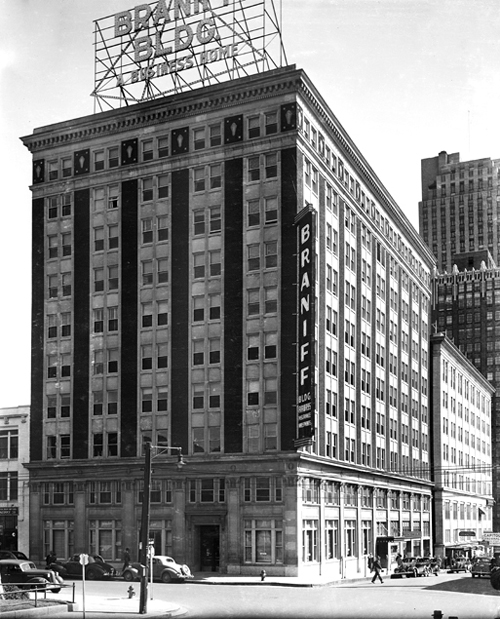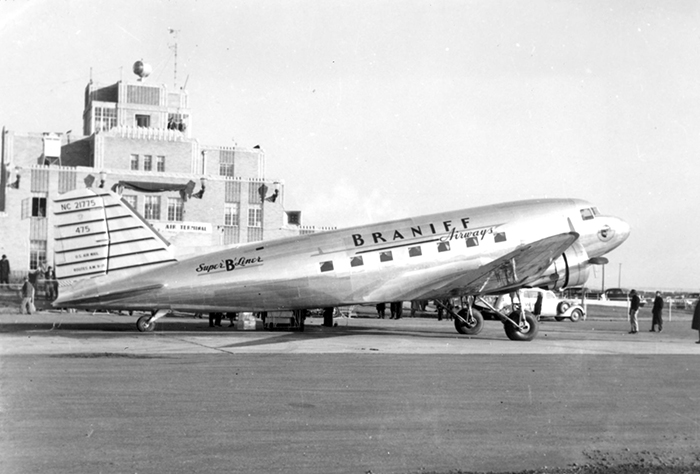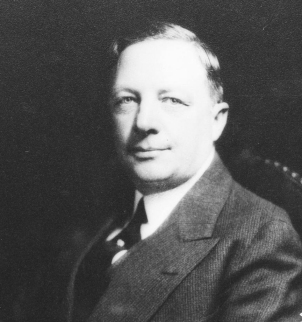
The Encyclopedia of Oklahoma History and Culture
BRANIFF INTERNATIONAL AIRWAYS.
On June 20, 1928, a single-engine Stinson Detroiter took off from Oklahoma City on a 116-mile flight to Tulsa. Thus began Braniff Airways, one of the most successful of the independent air carriers. The venture was begun by two Oklahoma City men, Paul Braniff, a World War I aviator, and his brother Tom, an Oklahoma City insurance executive. Incorporated in 1930, the carrier soon extended its routes from Oklahoma City to Wichita Falls, Kansas City, and St. Louis. The company was failing in 1934 when the Post Office Department canceled all airmail contracts and offered them for rebid. Braniff won a contract to carry the mail from Chicago to Dallas and soon after that bought out an airline with a route between Amarillo and Brownsville via Dallas, Texas. In this way Braniff Airways became the first air carrier to connect the Great Lakes with the Mexican border.
During World War II Braniff turned over to the government more than half of its fleet for military use. Also during the war Braniff moved its base of operations from Oklahoma City to Dallas and began flying contract routes for the government to the Panama Canal Zone, beginning its emergence as a major air carrier in Latin America. After the war Braniff began serving such countries as Peru, Brazil, Argentina, and Columbia.
Tom Braniff was killed in a private plane accident in 1954. Paul Braniff having left the company, Charles E. Beard was elected president, and Oklahoma City businessman Fred Jones became chair of the board. In 1955 Braniff underwent a major expansion of routes and upgrade of equipment. Eventually serving New York City and Washington, D.C., the company purchased Boeing 707 and Lockheed Electra turbo-prop aircraft and by 1960 was the first all-jet airline. Braniff International Airways succumbed to overexpansion during airline deregulation of the 1970s. It ceased operations in 1982, and its assets were purchased by BIA-COR Holdings of New York, which unsuccessfully tried to resurrect the pioneer airline.








